‘How Could This Happen in Japan?’
Abe killing shocks one of the world’s safest countries.
Japan is one of the safest places on Earth. That makes the assassination of former Japanese Prime Minister Shinzo Abe on Friday even more shocking to people here. “How could this happen in Japan?” was a common and yet unanswerable question in the media and in conversation as the news unfolded of the attack, which came at an outdoor campaign speech for a local candidate in the upcoming parliamentary elections.
Sitting Prime Minister Fumio Kishida and other political leaders painted the shooting as an assault on the democratic system. “I am speechless,” a visibly upset Kishida told reporters. “Elections are the backbone of democracy. His life was taken amid the election campaign. This is a heinous act and is in no way excusable. I condemn this act with the strongest words.” Kishida said that the government could not be intimidated by what he called “violence and acts of terror.”
Abe was shot twice at close range from the back with a crudely fashioned homemade gun. His assailant, a 41-year-old male resident of the area, was immediately apprehended and offered little resistance. He told police that he had intended to kill Abe and that he believed Abe had ties to an unidentified religious group. Despite Kishida’s warnings of a possible political aspect to the crime, the assailant said that his anger with Abe was not over his political views.
Any comments from the assailant should of course be taken with considerable skepticism, and one Japanese report quoted prosecutors as saying some comments were incoherent. But among the many immediate questions was how an amateur gunman with a grudge could get close enough behind Abe during his speech in a public plaza to fire with such deadly accuracy.
“The myth of Japan’s safety is broken. This is a symbolic event of unilateral change of the status quo by force, and the world’s freedom, human rights, and democracy are crumbling with a clatter,” Japanese journalist Ryusho Kadota wrote on Twitter.
The image of Japan as a safe country with few guns is a source of pride for people here. In international rankings, Japan is typically among the bottom ten countries in terms of its overall crime rate. In relation to firearms, the numbers are even lower. Japan’s National Police Agency reported 10 gun incidents last year, resulting in four injuries and one death. In the United States, there were 19,384 homicides by firearms in 2020, according to the Centers for Disease Control and Prevention.
Even getting a gun is nearly impossible in Japan, which is likely why Abe’s assailant had to fashion one of his own. Most types of guns are completely banned, to the extent that even organized crime groups avoid having them. Possession of a firearm can lead to imprisonment of up to 10 years, and penalties are higher if ammunition is also found. Actually firing an illegal weapon can lead to a prison term of three years to life.
Within this, it is possible to get a license for a hunting shotgun, if you are willing to go through the extensive application process. This includes an initial training program, medical and mental health examinations, background checks by police on you, and questions to the neighbors about what kind of person you are. There are of course strict rules on where the gun can be kept (the locked cabinet is inspected by police to ensure it is secure), and you must produce a logbook tracking every bullet purchased. Permits must be renewed with additional checks on your health (and sanity) each time. Given the bureaucracy, it’s not surprising that the number of registered guns has been falling steadily and now totals fewer than 200,000 nationwide. (Another 150,000 or so are estimated to be unregistered.) That compares with an (estimated) 393 million firearms in the United States.
But all this has left security around politicians relatively lax. Open-air speeches such as Abe’s are often given in public areas to attract passers-by. There is no security screening for those taking part, even within the immediate audience. Politicians running for office speaking to impromptu crowds through portable sound systems on a street corner with just a few volunteers to support them are a common sight throughout the country. In such a setting there is no simple way to screen out potential attackers. This will no doubt change, and Kishida has already ordered tighter security for cabinet officials, although not explicitly for other politicians.
Nevertheless, as a former leader, Abe enjoyed a much higher level of protection than other politicians or members of the cabinet, who have a limited security presence. Pictures from the scene in the onetime capital city of Nara showed uniformed police and plainclothes security personnel around Abe.
But Koichi Ito, a former member of the Metropolitan Police Department’s Special Forces department in charge of high-level security, said when interviewed by national broadcaster NHK that in viewing the video, there were clear gaps. He argued that a lone individual, with a large bag over his shoulder, should not have been allowed to walk behind Abe and have a clear line of sight. “The security team members should always surround the prime minister from all angles,” he told NHK. “This was a huge mistake.”
The profile of the attacker is still unclear, but while these kinds of horrific crimes are rare in Japan, they are not unknown and are often committed by those who are outcasts in a society where conformity is the norm. In 2001, a man with a history of mental health problems and a number of criminal convictions walked into an elementary school in the western city of Osaka, entered a classroom, and suddenly began stabbing the children there, leaving eight of them dead and 13 others, plus two teachers, wounded. He was sentenced to death and executed in 2004. Even the Shinkansen high-speed train has seen incidents, such as a 2018 attack by an unemployed man on other passengers with a machete, killing one person and injuring two others.
Politically motivated violence has been rare, at least in the postwar period. This was in sharp contrast to the killing of Prime Minister Tsuyoshi Inukai in a failed military coup in 1932, which nevertheless paved the way for a militaristic government that would take the country into World War II.
But there have been a string of notable political attacks in recent decades as well, often by members of Japan’s extreme right wing. The head of the Japan Socialist Party was killed in 1960 by a samurai-sword-wielding right-wing nationalist as the politician, like Abe, was giving a speech. Former Prime Minister Morihiro Hosokawa was shot at in 1994 (the gunman missed), while a member of parliament was killed outside his Tokyo residence in 2002. The popular mayor of Nagasaki in southern Japan was killed in 2007 by a gangster who said he didn’t like the way the city was being run.
And while Abe’s assailant is unlikely to ever offer a cogent reason for his crime (think of John Hinckley Jr. and the shooting of U.S. President Ronald Reagan in 1981) the former leader’s high-profile image might have played a part. In addition to his record-long eight years in office, Abe has been outspoken on policy issues, especially his hawkish views on foreign policy and his dream of revising Japan’s postwar pacifist constitution that blocks the creation of a formal army or navy.
Japan is in a state of shock. While some tighter public security may emerge from the senseless killing of Abe, it’s not yet clear if the Japanese public will see this as a spur to make fundamental changes, or if it represents one of the rare acts of random violence that is the price for an open yet almost uniformly peaceful society.
Source: Foreign Policy

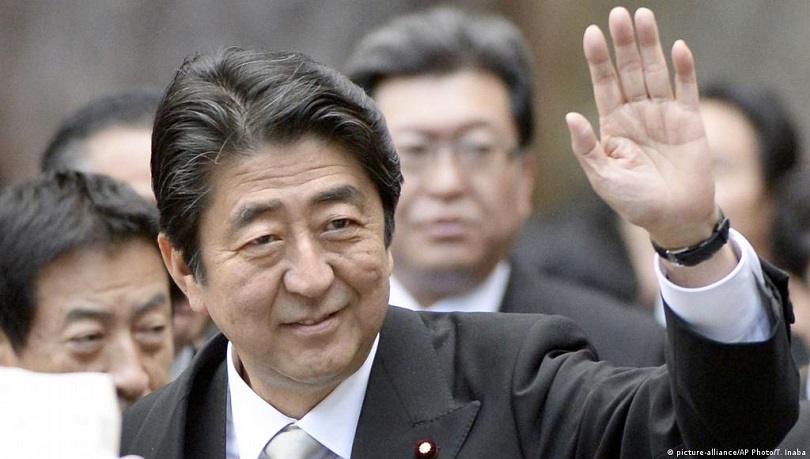

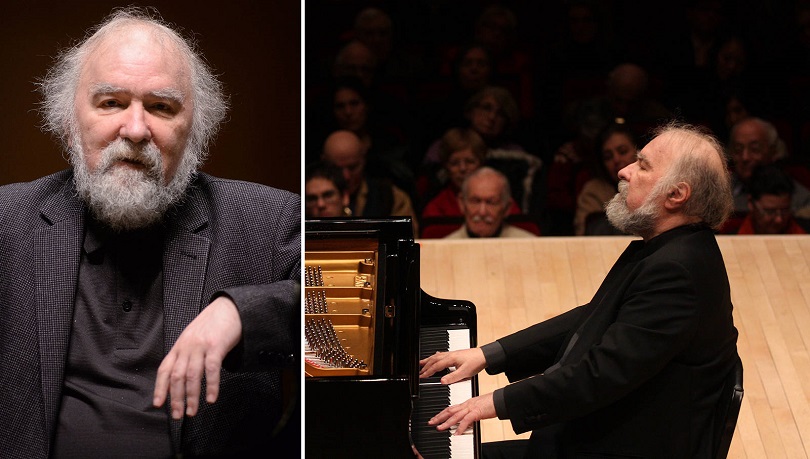
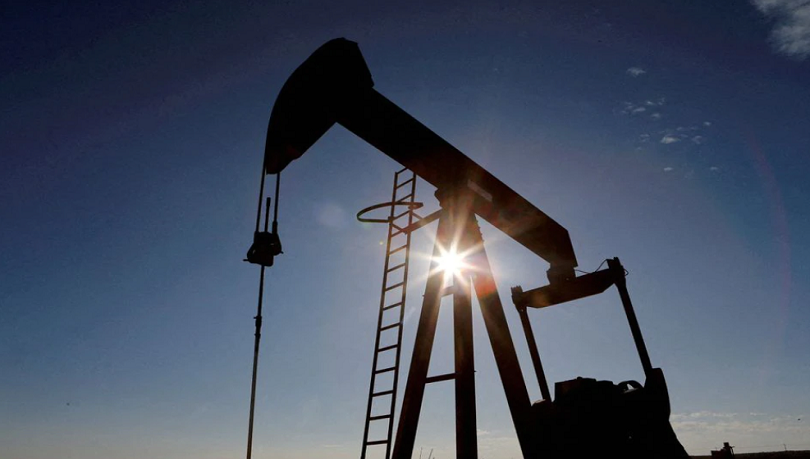
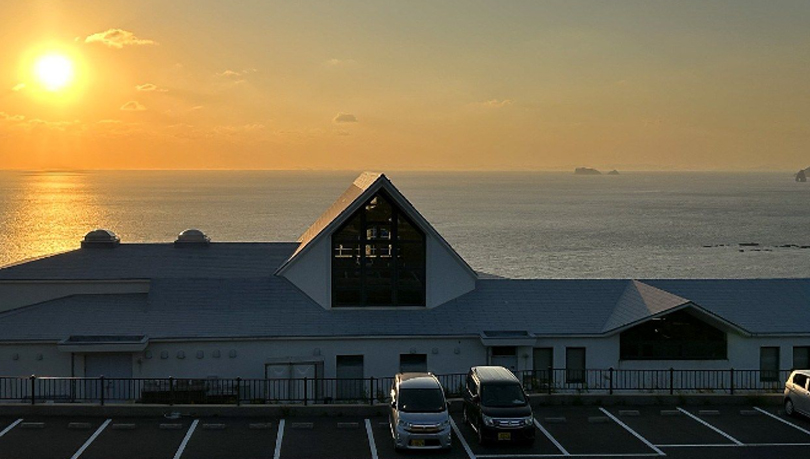
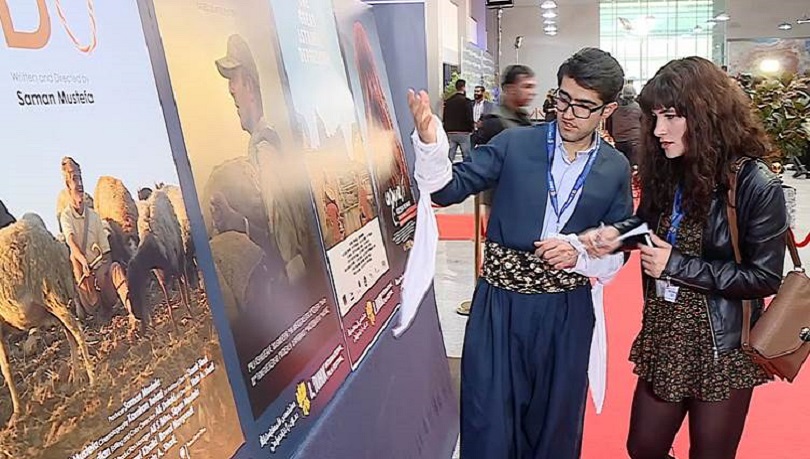
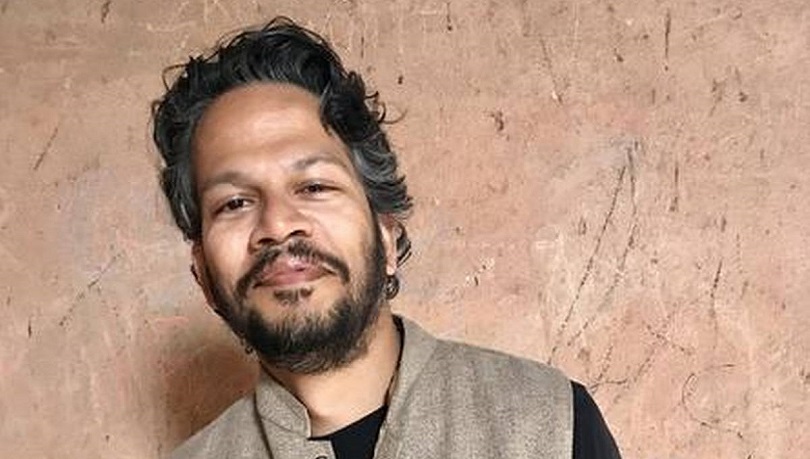
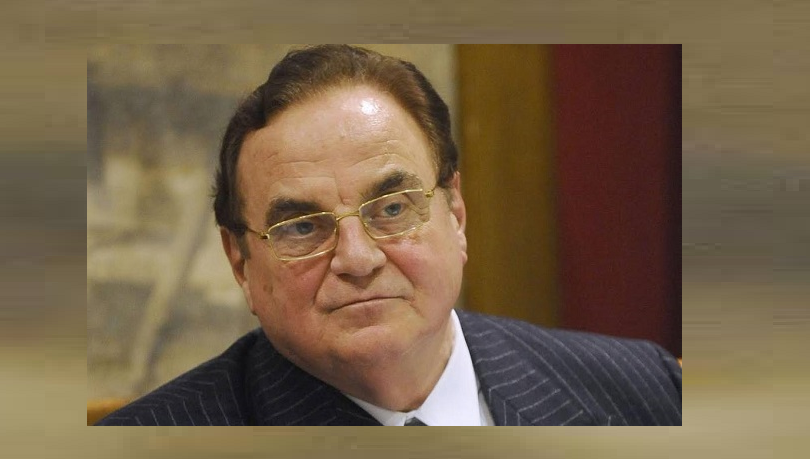
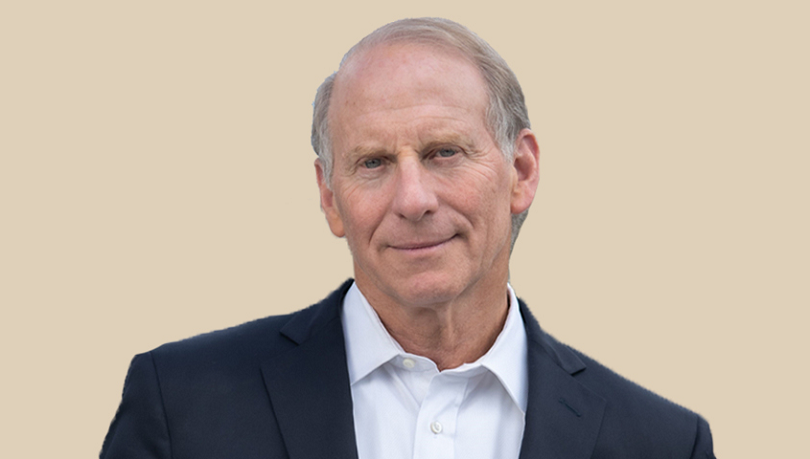
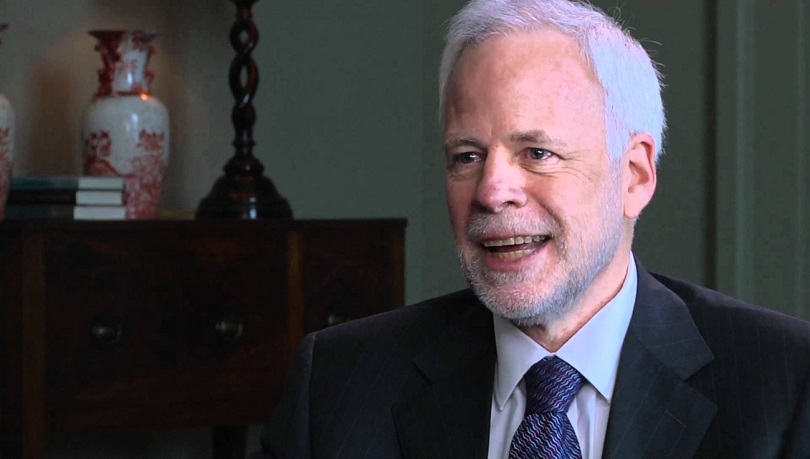
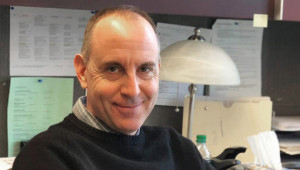

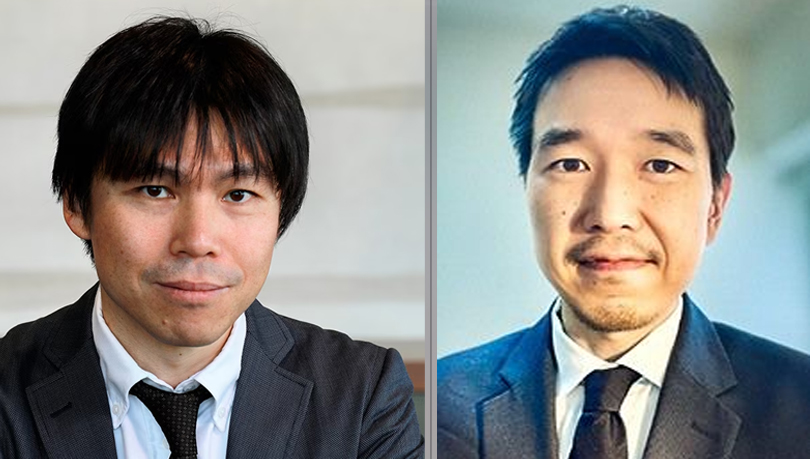

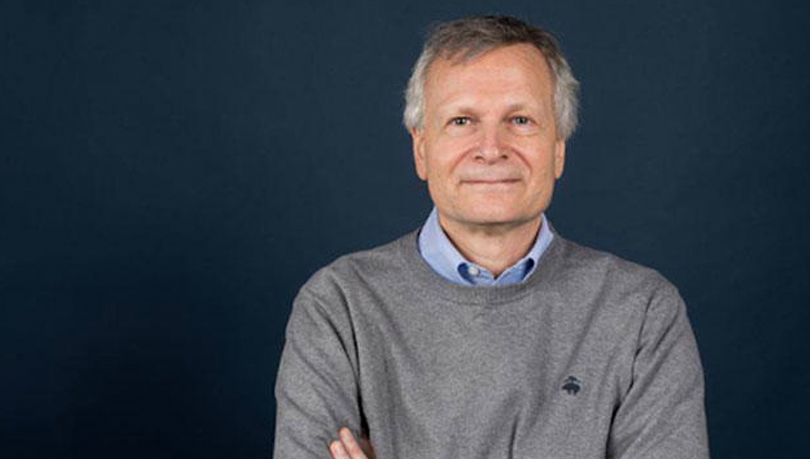
0 Comments